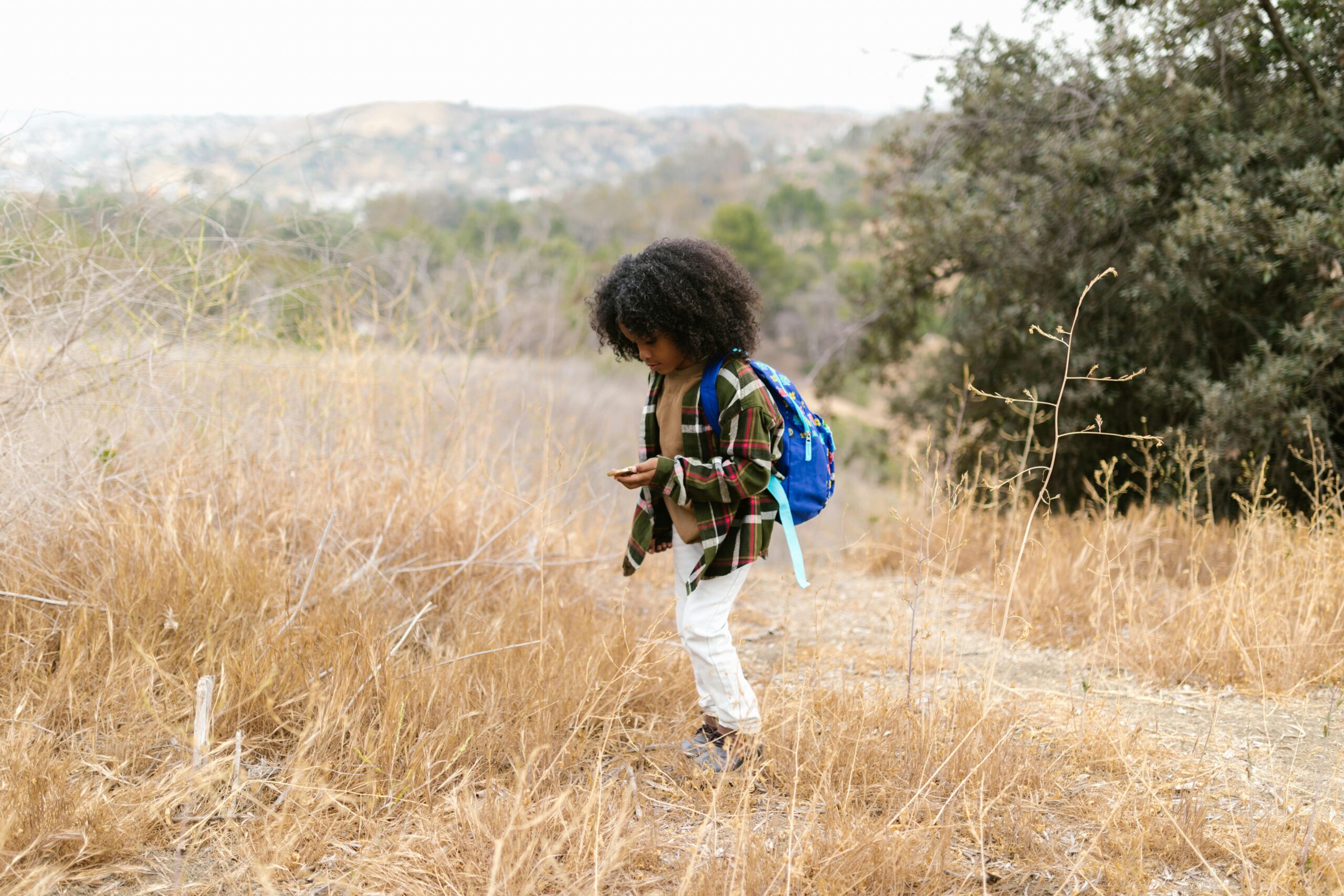Exploring the great outdoors alone can be empowering, peaceful, and an excellent way to connect with nature. Solo hiking, especially as a woman, offers the freedom to set your own pace and experience nature on your own terms. However, preparation and vigilance are key to ensuring a safe and enjoyable journey. Here are the top safety tips for solo female hikers to help you stay confident and secure on the trails.
1. Choose the Right Trail
When hiking alone, it’s important to pick a trail that matches your skill level and is well-suited for solo hikers.
- Start Small: If you’re new to solo hiking, opt for well-marked, popular trails with moderate traffic.
- Research the Trail: Use apps like AllTrails or Gaia GPS to read reviews, check trail difficulty, and understand the terrain.
- Know the Area: Familiarize yourself with the weather, wildlife, and potential hazards of the region.
2. Share Your Plans
Always let someone know your hiking plans before you head out.
- Leave a Trip Plan: Inform a trusted friend or family member about your destination, estimated return time, and trail details.
- Use Technology: Apps like Cairn allow you to share your location and notify your emergency contacts if you don’t check in on time.
3. Pack the Essentials
Carrying the right gear can make or break your hiking experience. Be prepared for all eventualities with the 10 essentials:
- Navigation tools (map, compass, GPS).
- Headlamp with extra batteries.
- First aid kit.
- Fire starter (matches or lighter).
- Knife or multi-tool.
- Emergency shelter (space blanket or bivy sack).
- Extra food and water.
- Proper clothing (layers for warmth, rain gear).
- Sun protection (hat, sunscreen, sunglasses).
- Personal safety items (pepper spray, whistle).
4. Trust Your Instincts
Listen to your gut feelings and don’t hesitate to turn around or adjust your plans if something feels off.
- Avoid Unfamiliar Shortcuts: Stick to the marked trails to avoid getting lost.
- Be Aware of Surroundings: Stay vigilant and observe the trail for wildlife, unstable terrain, or suspicious behavior.
5. Learn Basic Self-Defense
Feeling prepared to handle unexpected situations can give you peace of mind.
- Take a Class: Many organizations offer self-defense courses designed for women.
- Carry a Personal Alarm or Whistle: Loud noises can deter potential threats and help attract attention.
- Know How to Use Pepper Spray: If you carry pepper spray, practice using it beforehand to ensure you’re confident in handling it.
6. Stay Hydrated and Fueled
Keeping your energy up is critical for a safe hike.
- Bring Enough Water: Use a hydration bladder or reusable water bottle, and carry a portable water filter in case you run out.
- Pack Lightweight Snacks: Trail mix, energy bars, and dried fruit are great options.
7. Use Technology Wisely
Modern apps and gadgets can greatly enhance your safety:
- Download Offline Maps: Apps like Gaia GPS or Avenza Maps allow you to navigate even without cell service.
- Carry a Satellite Communicator: Devices like Garmin inReach Mini enable you to send messages and call for help in remote areas.
- Check Cell Coverage: Know where you’ll have signal and where you won’t.
8. Dress for Success
What you wear on a hike can significantly impact your comfort and safety:
- Layering is Key: Start with moisture-wicking base layers, add insulation (like fleece), and finish with a waterproof outer layer.
- Footwear: Choose sturdy hiking boots or trail shoes with proper ankle support and traction.
- Bright Clothing: Wear bright or reflective clothing to make yourself visible.
9. Be Wildlife Aware
Understanding the local wildlife can help you avoid dangerous encounters.
- Carry Bear Spray: If hiking in bear country, know how to use bear spray.
- Make Noise: Alert animals to your presence by talking, singing, or using a bear bell.
- Respect Wildlife: Maintain a safe distance and never feed wild animals.
10. Stay Calm in Emergencies
If you find yourself in an unexpected situation, staying calm is your best tool:
- Assess the Situation: Stop, think, observe, and plan (STOP method).
- Signal for Help: Use a whistle or reflective gear to attract attention.
- Conserve Energy: If you’re lost, stay in one spot and wait for rescue.
Conclusion
Solo hiking can be an empowering and rewarding experience for women, but safety should always come first. By planning ahead, trusting your instincts, and carrying the right gear, you can confidently hit the trails and enjoy nature on your own terms. Remember, preparation is your best defense against potential risks. So lace up those boots, grab your backpack, and embrace the adventure!
So, what are YOUR thoughts?
Are you ready to embark on your next solo hiking adventure? Share your favorite safety tips or must-have gear in the comments below! Don’t forget to subscribe for more hiking guides and inspiration.




Leave a Reply